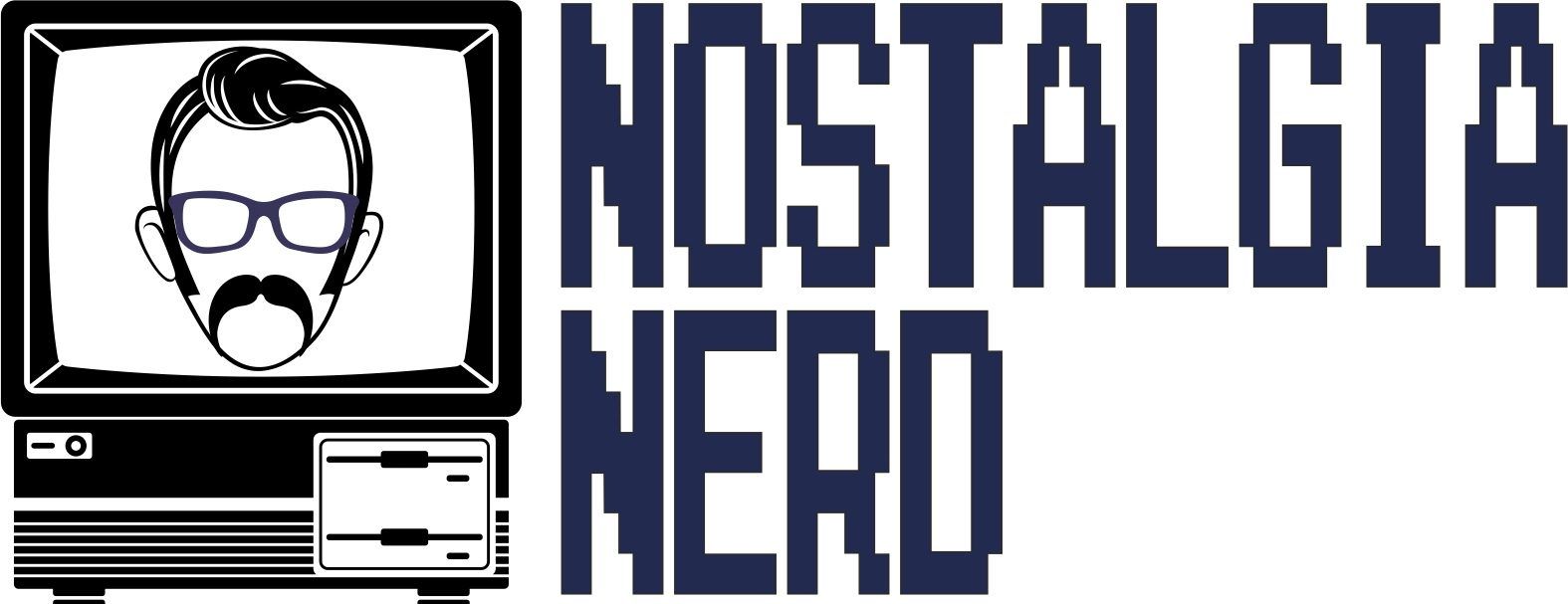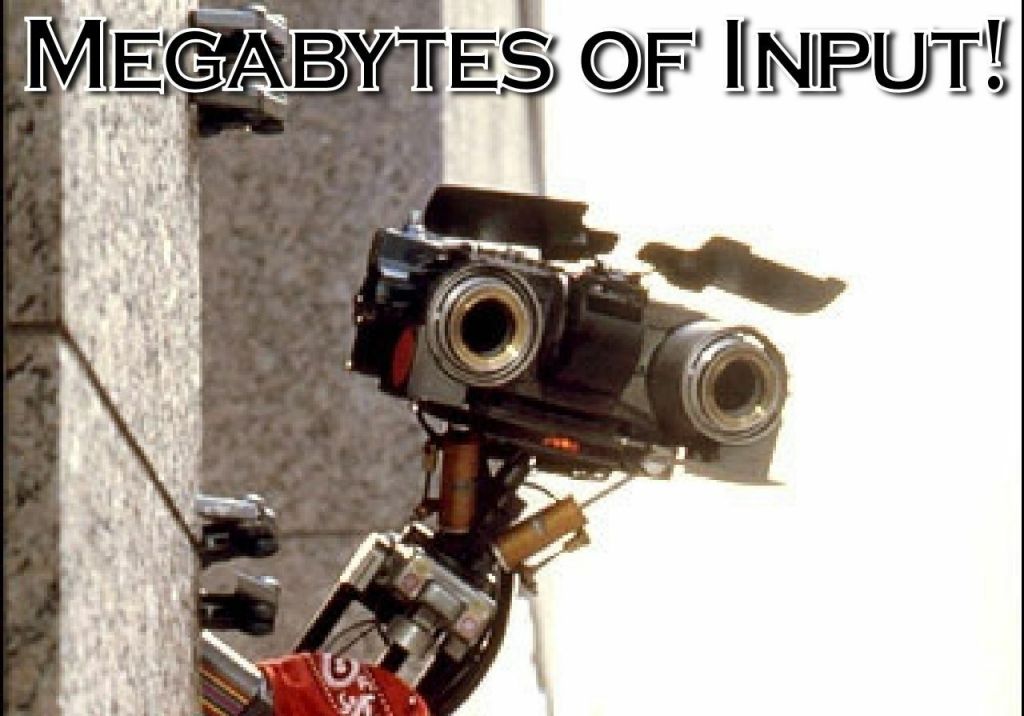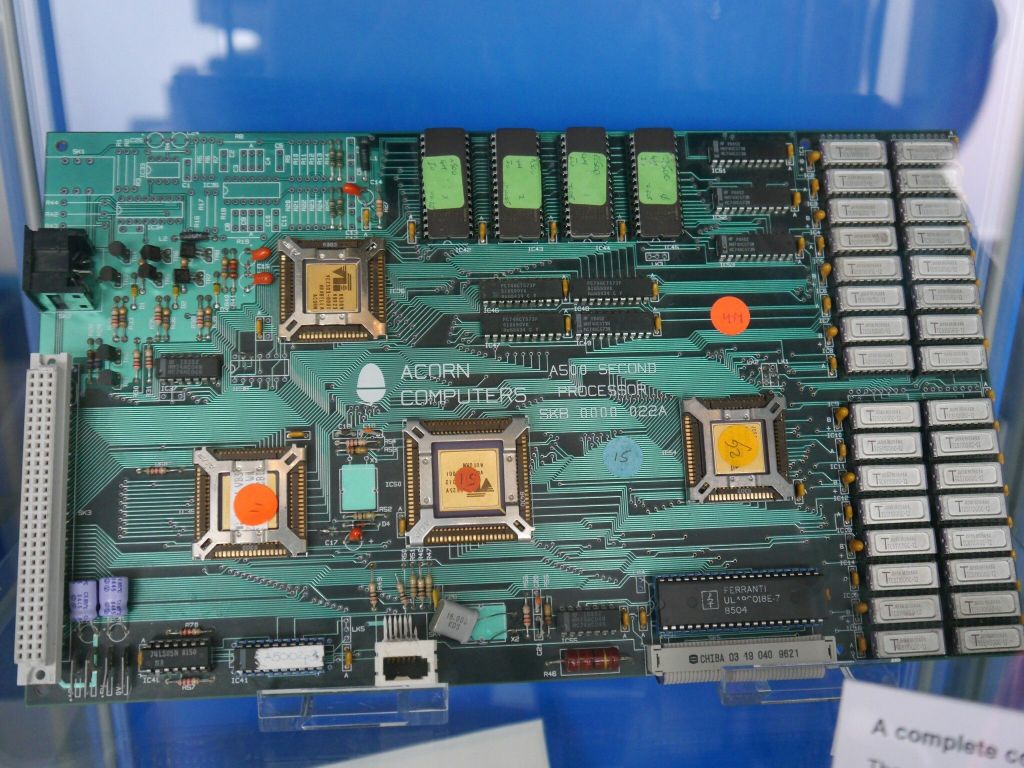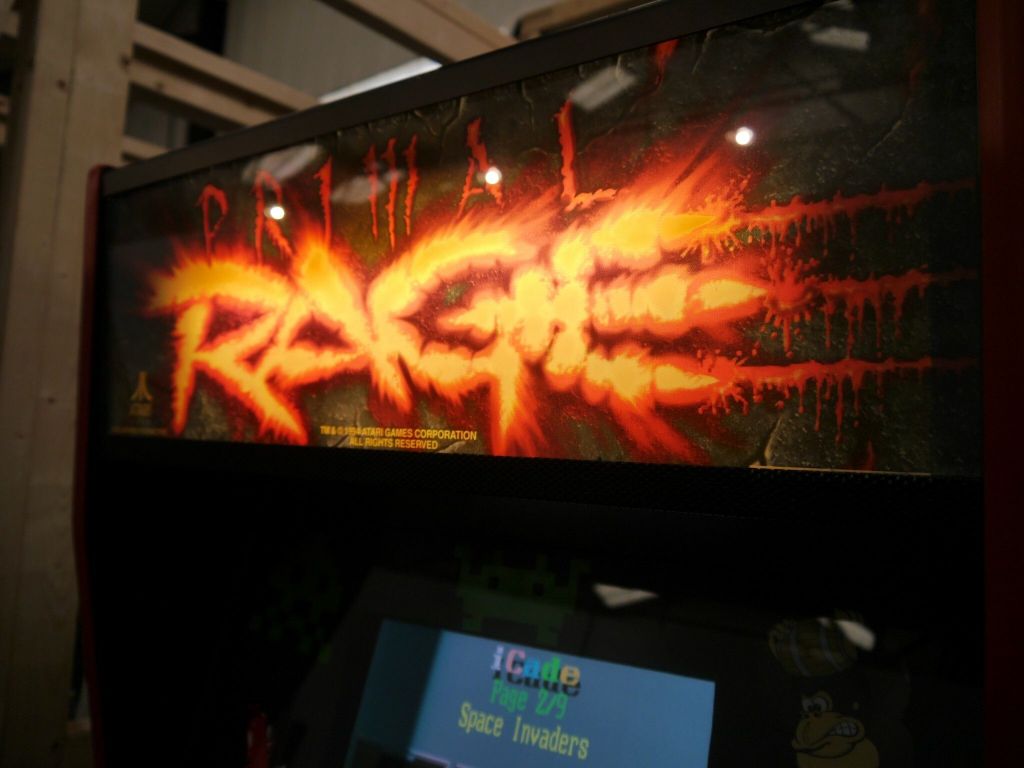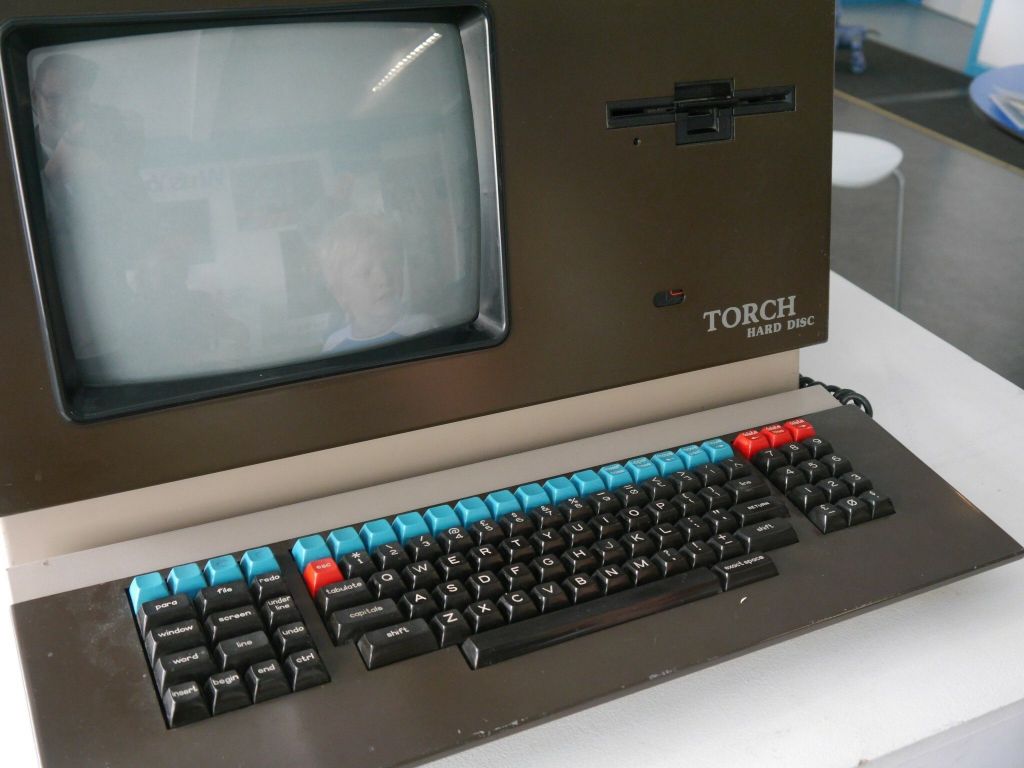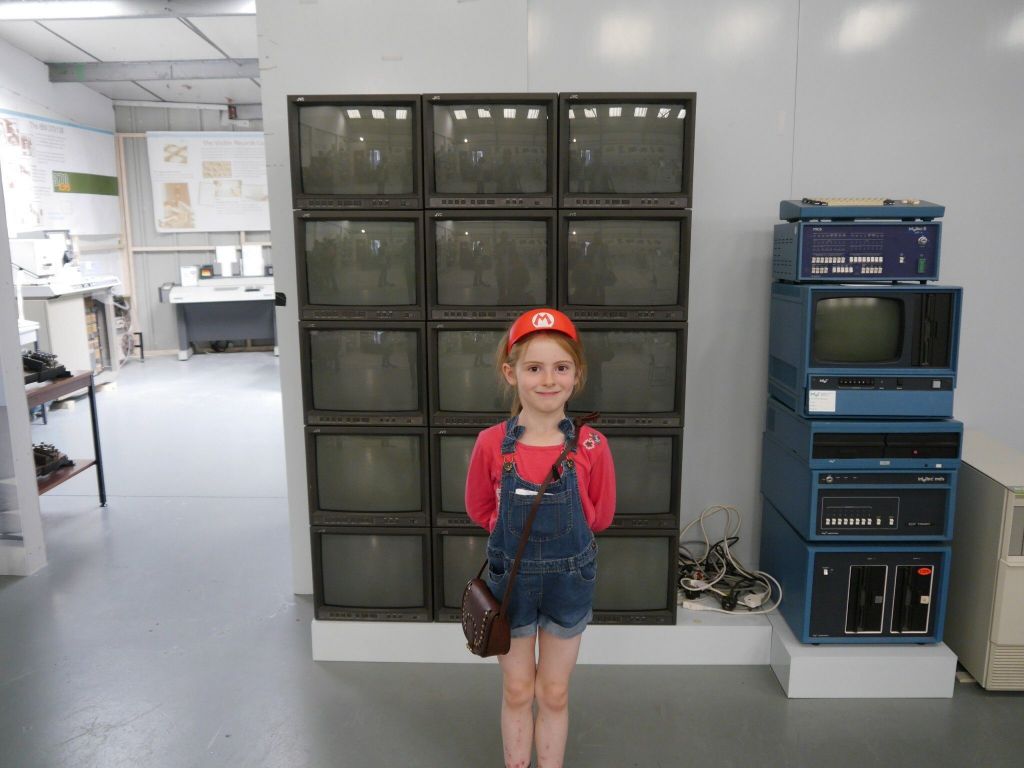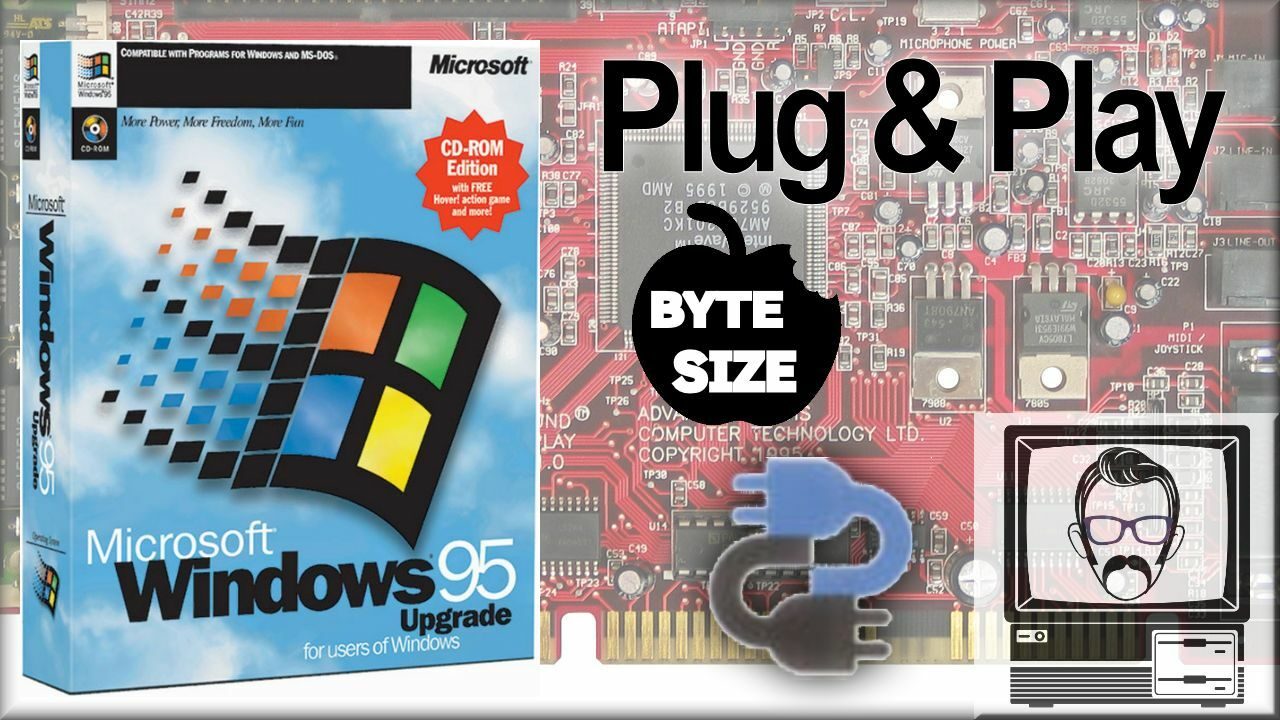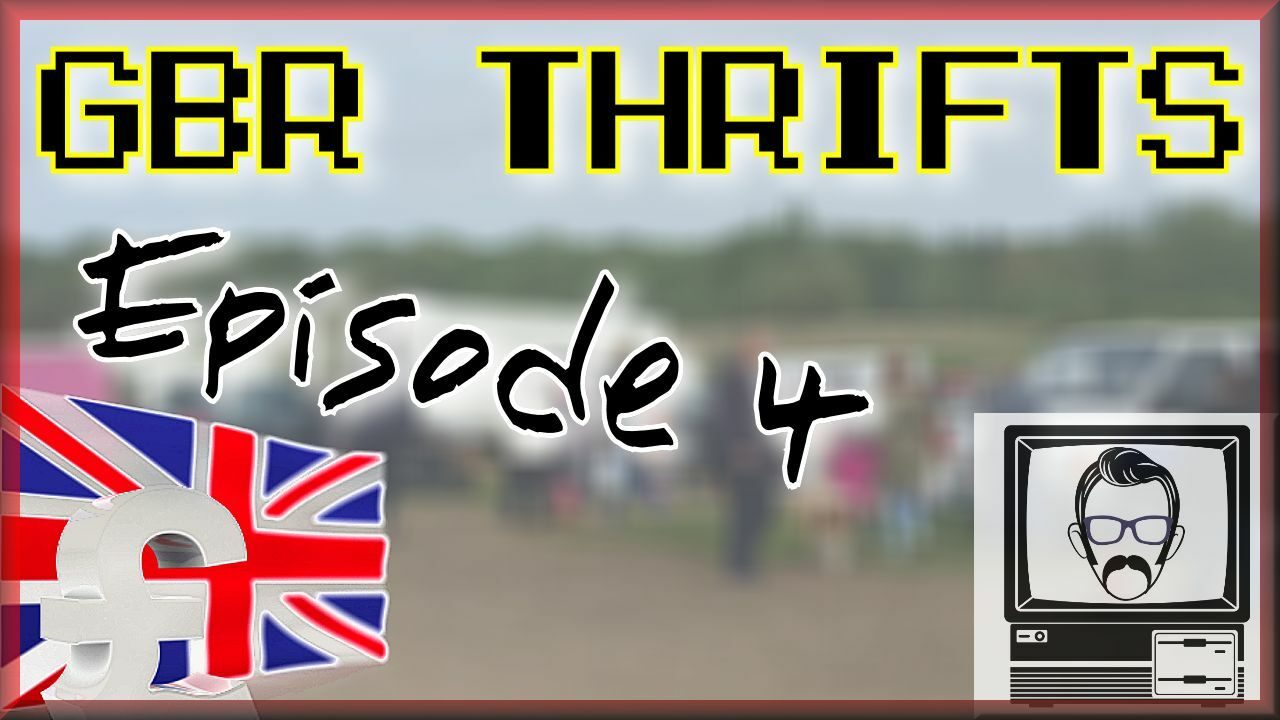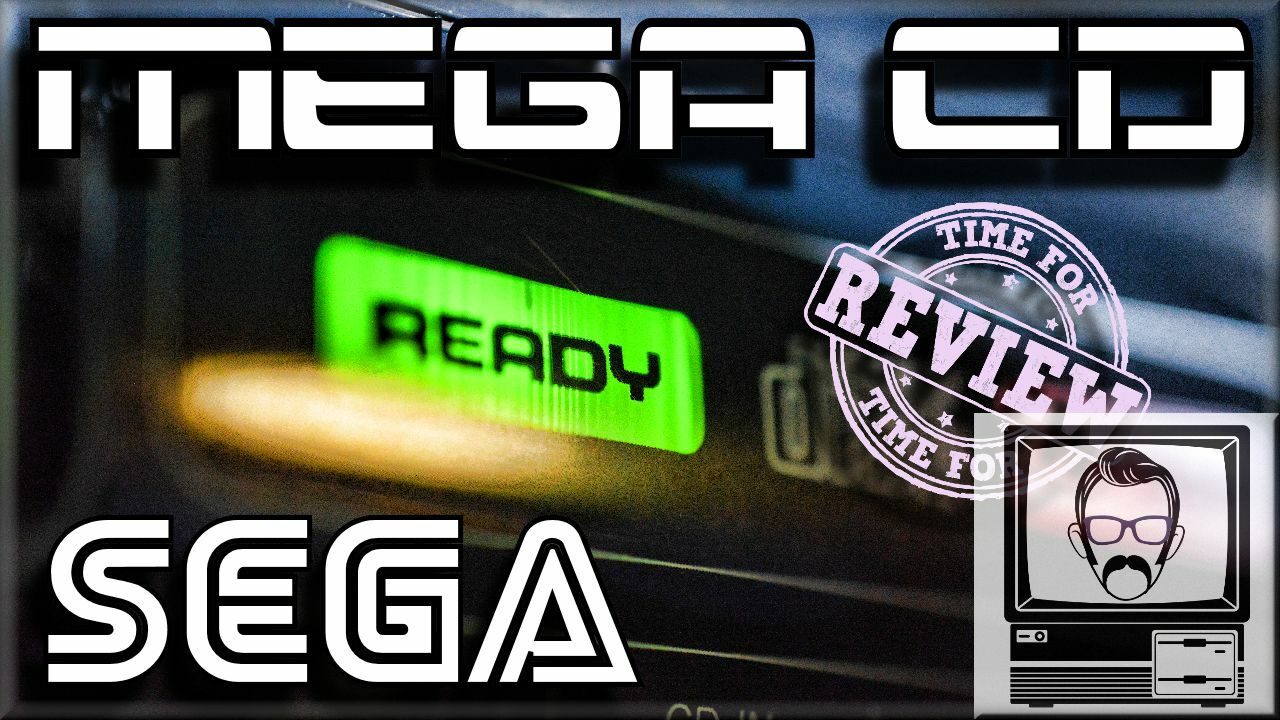Watch the Video
A few weeks ago I decided to take a trip down to Cambridge and check out the Centre for Computing History in all it’s digital glory. In this video I explore the museum, gawp at hundreds of BBC Micros, play with lots of machines from both the 8 bit and 16 bit eras. Walk past a long of things including a Sinclair C5 and various arcade cabinets and then have a chat to Jason Fitzpatrick, the curator and founder of the museum. I also venture outside the public area of the museum and explore the extensive archives of vintage computer hardware, software, oddware and anything in-between. This is truly silicon heaven. If you get a chance to visit, I highly recommend it. You can take a look at their website at www.computinghistory.org.uk/
A few weeks ago, I had the good fortune to visit the Centre for Computing History, down at the birth place of affordable home micros. Cambridge.
Opening in 2013, it’s a young museum, just like computing itself, but given the rapid pace at which technology advances, it’s essential to preserve it in a setting like this.
And from the moment I walked in, this was literally me.
Yup, I turned into an iconic 1980’s robot named Johnny 5, and basked in the glory which surrounded me. Come on, you’d do the same.
The museum is split up into a number of rooms and areas, each focusing on a different part or period of our computing past. The entrance hall provides light refreshment, which was necessary after my initial excitement and also shows off such revolutionary pieces of kit such as the Sinclair MK14 computer kit and early acorn prototypes. Two of Cambridge’s early micro pioneers, side by side at last.
The side room is then an extravaganza of BBC Micro bliss. *Input Input*
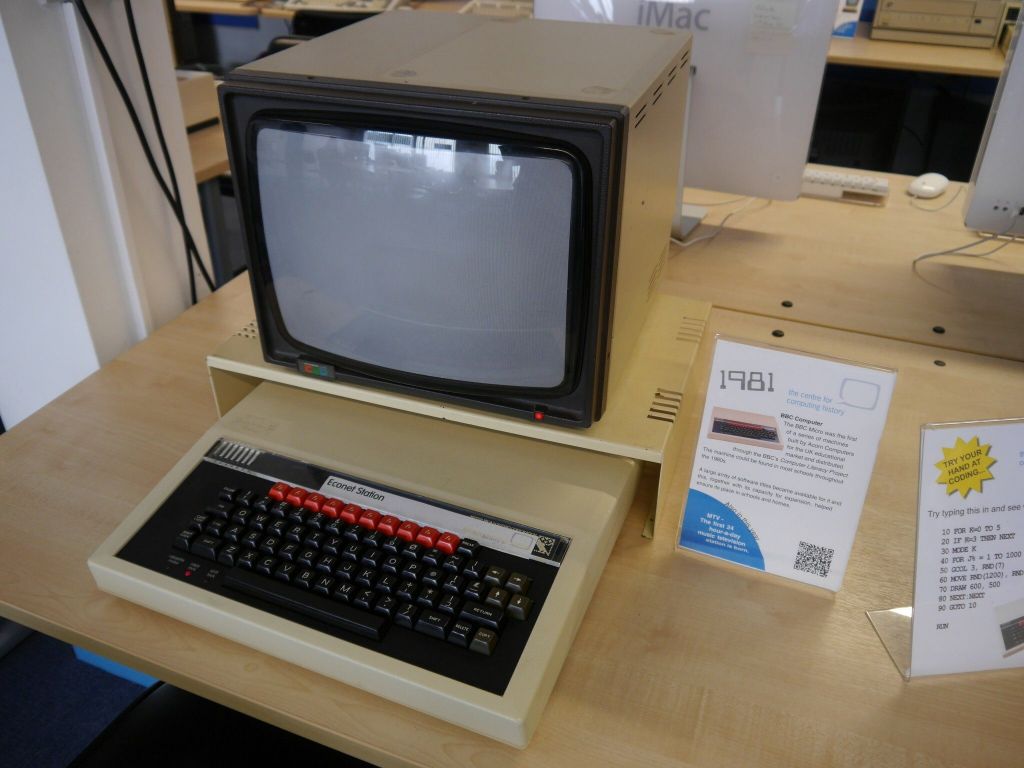
I felt the need to sit down before my eyeballs ejected from their face sockets through fits of incredulous excitement and proceeded to play around on various iterations of Acorn computer, from a BBC Micro hooked up to the Doomsday disc which I whiled away many an hour using at school, to various Acorn Archimedes models, and even this tantilising Research Machines 380Z sitting all lonely in the corner; an 8 bit micro produced in 1977 by Research Machines Limited, one of the first to make use of the Z80 processor and subsidised to UK schools, before the BBC Micro succeeded it as the educational unit of choice in 1981.
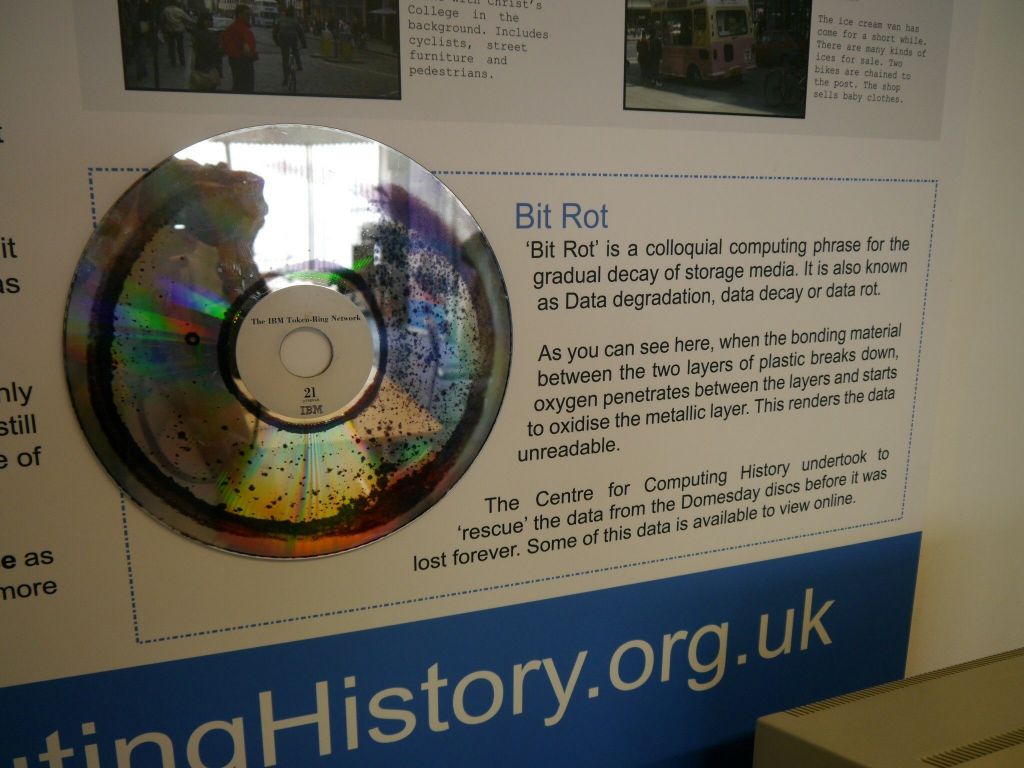
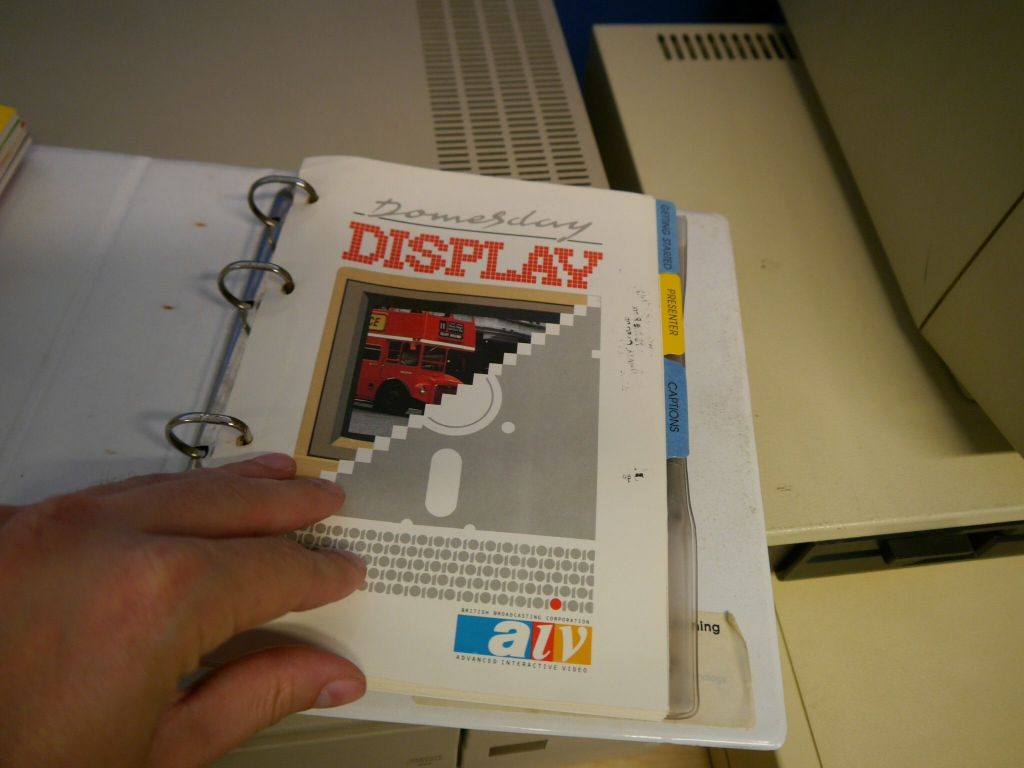
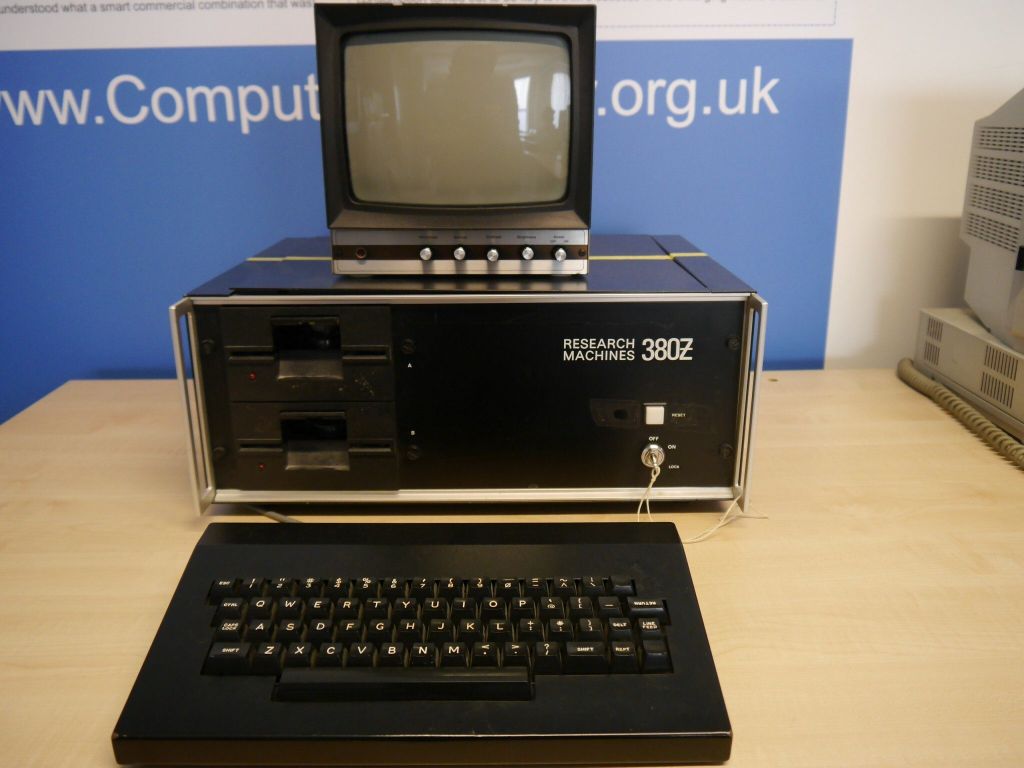
The centre actually uses this room to cover interactive workshops, programming classes and gaming sessions throughout the week, so check out their web site if you fancy a part of that.
Anyway, before this all got too much for me, I decided to wander into the adjacent room. *Input Input*
Yeah, bad idea.

To calm me down I decided to join a talk, being given by the man behind the museum, Jason Fitzpatrick. After allowing some micro history to wash over me, I felt it was time to tackle the bulk of the museum.
First up, was the 1970s styled office. Unfortunately there were no cigarettes in the ash tray, but good god, this place felt like home. I mean, I was born in the 80s, but there’s just something about this dawn of technology and it’s migration into the workplace. It just feels so right, so exciting, even in 2016. This was the dawn of an era where change was happening. The multi colour days of the ZX Spectrum and C64 still lay ahead, the 16 bit era is but a vision yet to be realised. What a time to be alive. So after catching up on some TV, I was thrust into the foundations of this early world.
Punched paper reels, record keeping machines, massive mainframe equipment, huge hard disks. *KRYTEN* I was indeed, in silicon heaven. Comptometers, *Where do all the calculators go*, Calculators.
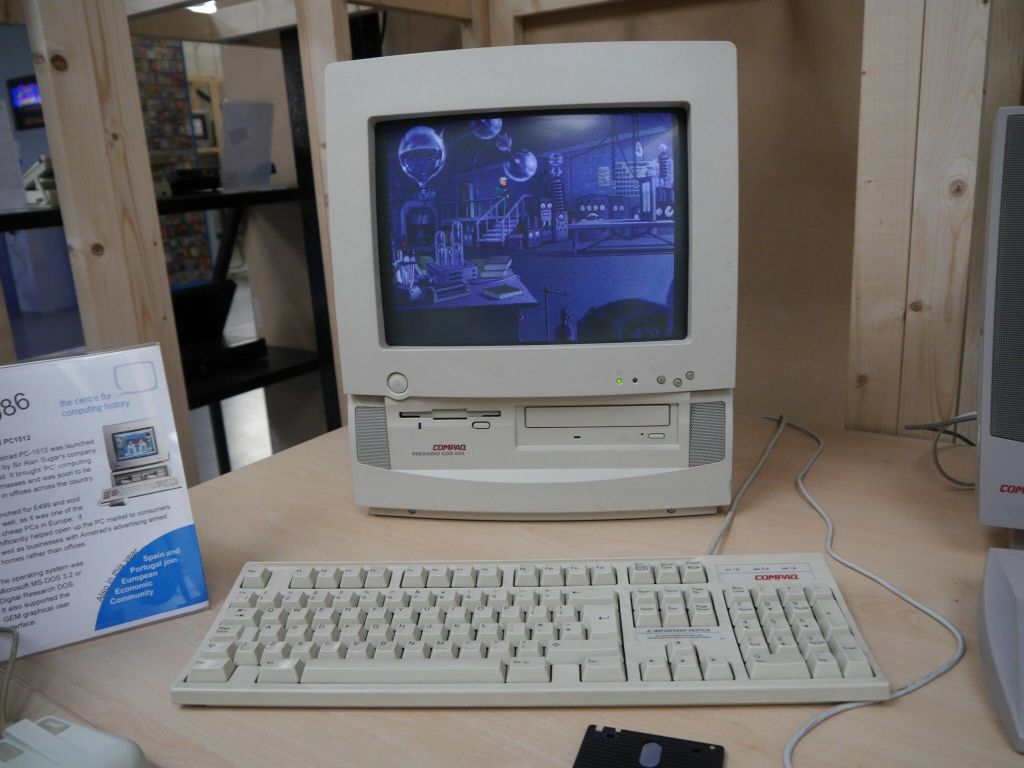
The museum sweeps you through old business desktops such as the Commodore PET, IBM 5150, Alphatronic PC, Apple Lisa, Microvax, over to machines like Amstrad’s PCW range and then onto more home based desktops of the 80s and 90s, before presenting you with the utter pant wettingly exciting gem that is the Sinclair PC 200. The museum is a very hands on experience, so playing a text adventure on this machine took up some time, and I must say, it’s got a bloody nice keyboard. Far nicer than I was expecting, and far nicer than the aesthetically similar Atari ST. Talking of Atari ST, it was time to move onto the home range of Micros.
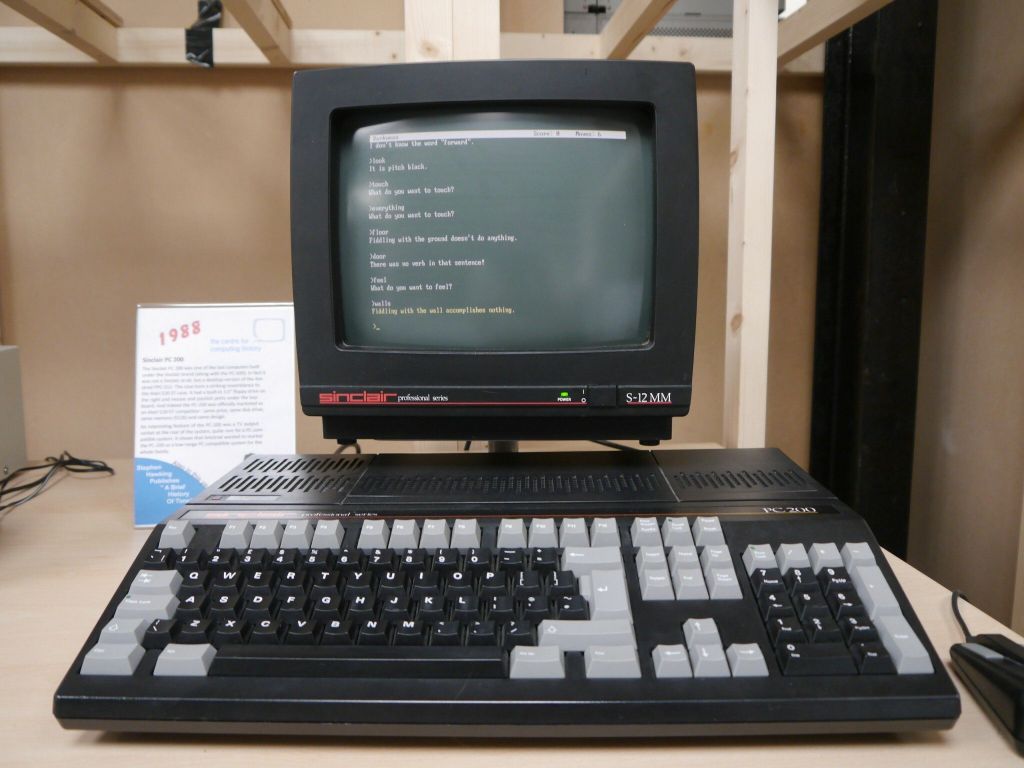
There’s an extensive range of these machines around the centre, starting with the grandaddy machines such as an actual Acorn Atom, in the flesh, more familiar black boxes like the ZX81 and Spectrum, mixed in with some more obscure models such as the Memotech MTX, which although similar to the MSX range, were incompatible. There was even a Japanese CGL Sord from 1982, another Z80 based micro.
The opportunities on offer are extensive, but I was particularly taken by the Amstrad Mega PC. Damn, I’ve been wanting one of these beauties since they came out in 1993. The PC side of these systems was pretty underpowered, even at it’s launch, based on a lowly 386SX chip, clocked at 25MHz, but who the hell cared!? It had a Sega Mega Drive built into it, and a cream control pad, that looked like the Mega Drive pad but had AMSTRAD written across it. Beautiful. Absolutely beautiful.
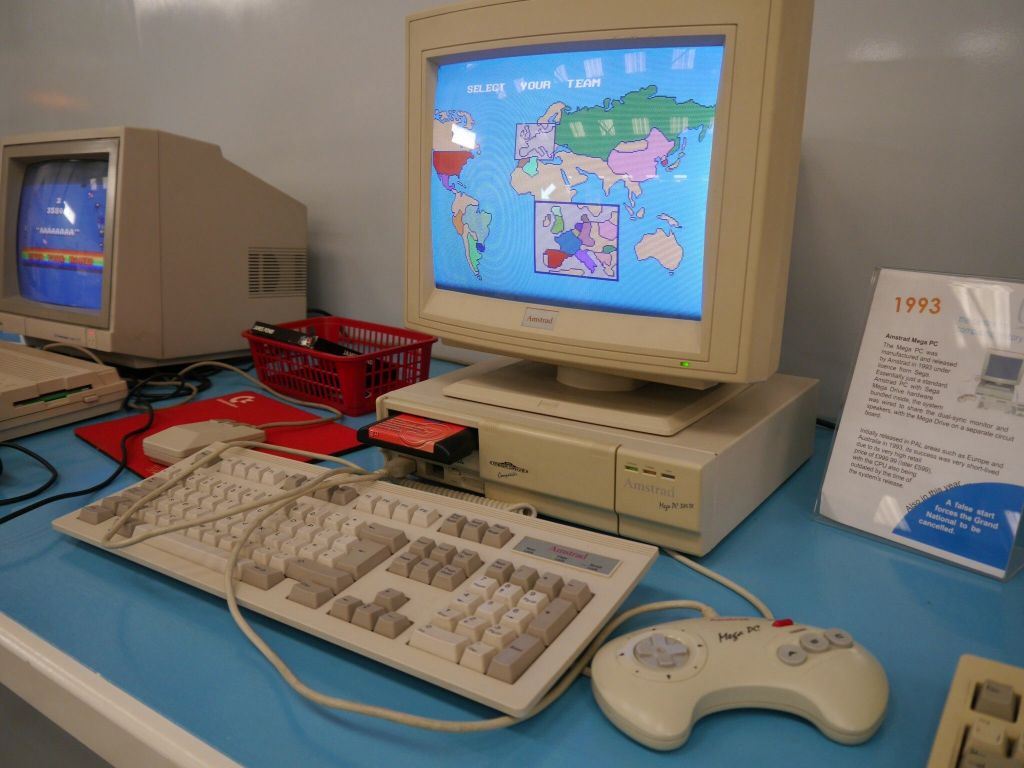
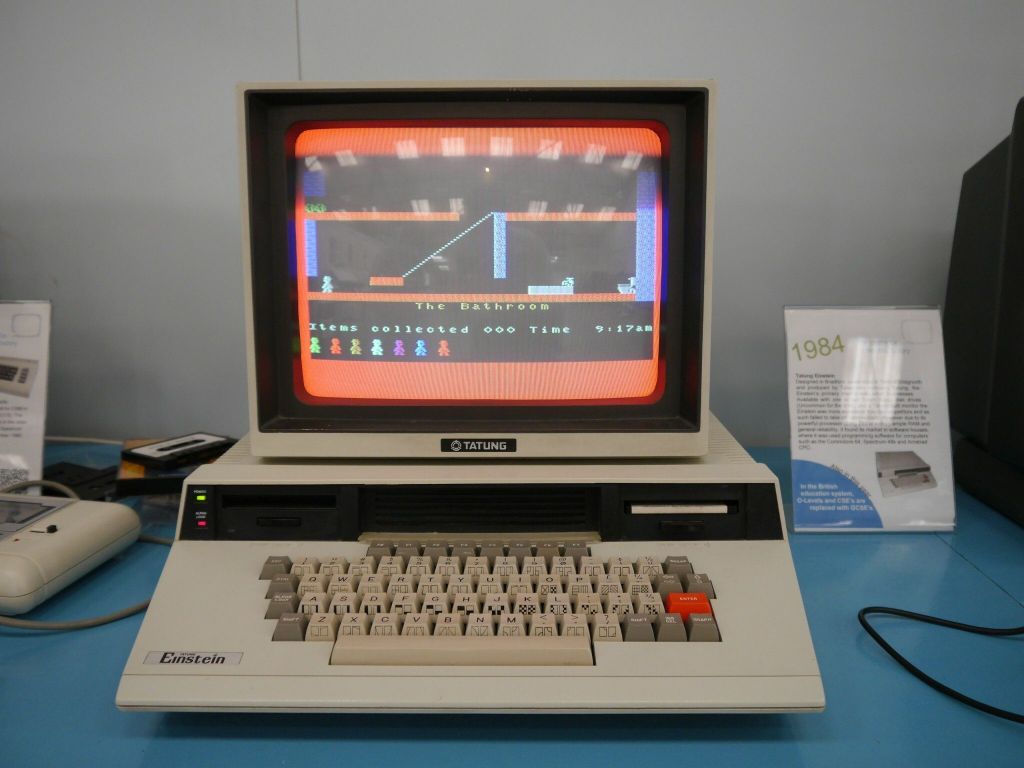
There’s even more Acorn machines in-between, an entire section of apple machines through the ages, PDAs, notepads, some big tracks knocking about, various display cabinets filled with retro goods, an Oculus Rift development unit and even an Altair 8800. Widely regarded as the machine which sparked the microcomputer revolution and the first commercially successful personal computer.
A few arcade cabinets and a Sinclair C5 later, and you emerge into the console section, and there’s pretty much everything you’d expect here, all available for some hands on action. Even pong if you fancy it – which of course I did.
And just when I thought I’d seen everything I spyed a Next cube and yet another line of almost fantastical old machinery.
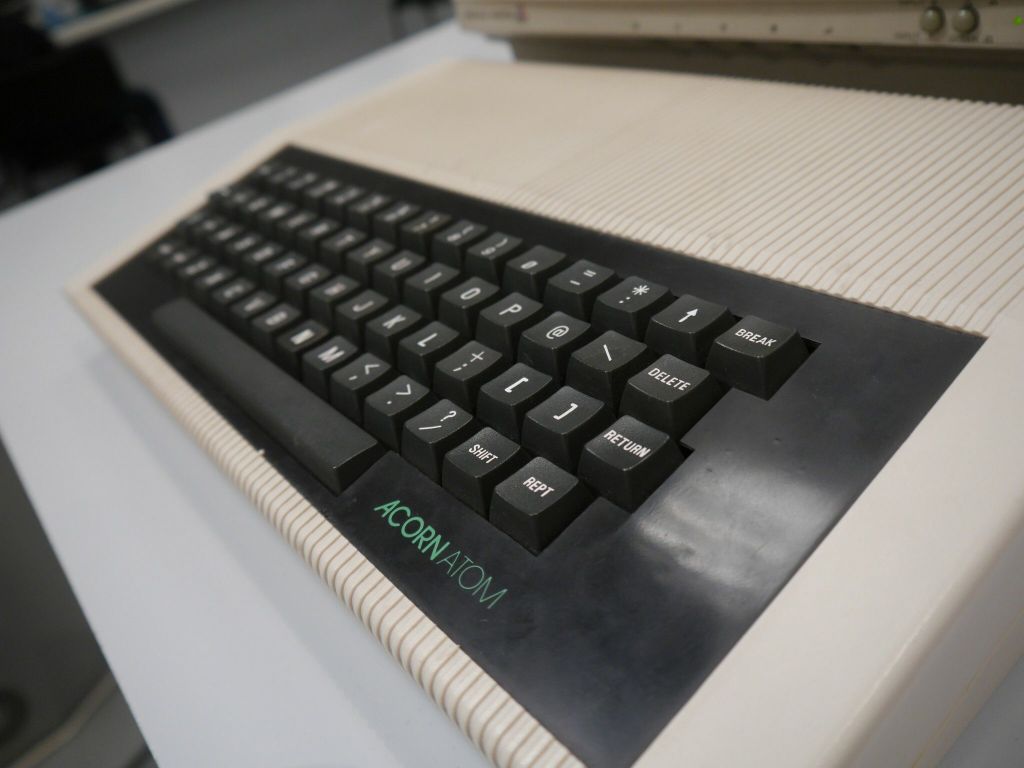
After a flapjack in the coffee shop, I grabbed Jason on the way out for a quick word and he invited me up to the archive, and good god. *INPUT INPUT, ok that’s enough, it’s wearing thin*… if you were excited by what you saw downstairs then the ever growing archive is a whole new level. From racks and racks of BBC Micros to boxes and boxes of items that the museum is stashing away for preservation purposes.
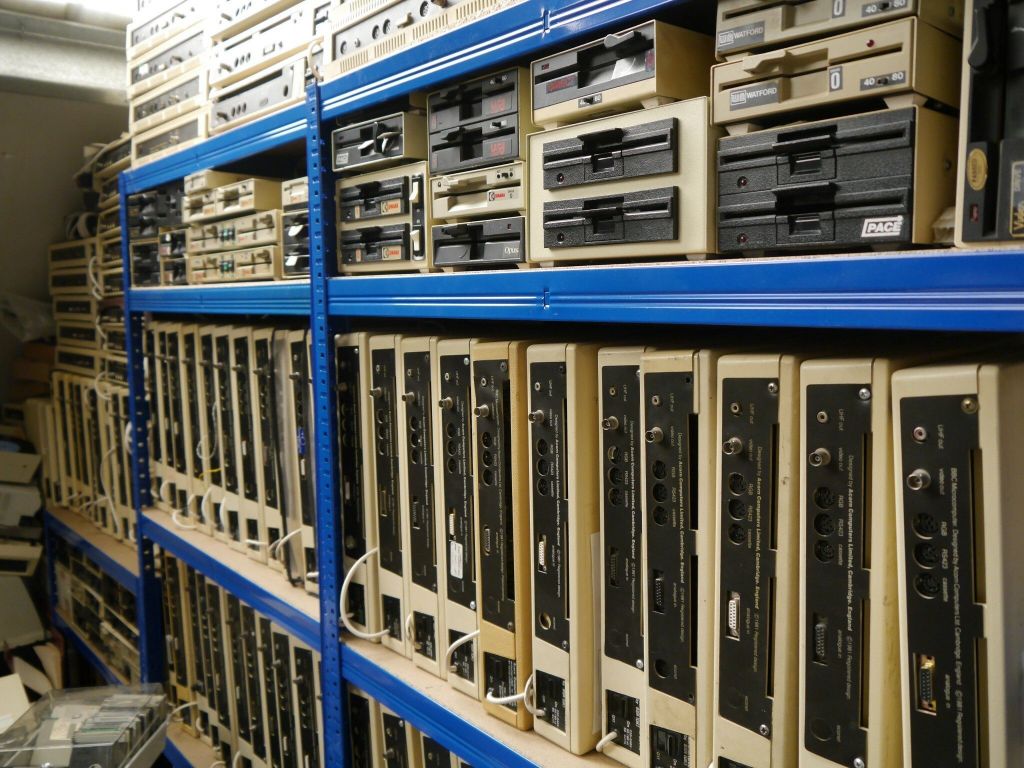
I thought I had a lot of equipment, but this was just mind blowing on another level. It’s clear from speaking to Jason that he’s truly passionate about preserving our digital history and I’ve got a genuine admiration for the work this small team are doing here.
From magazines, to machines to games to accessories, anything and everything you could want, it’s here.
I could easily spend my entire life here. I mean, I’d probably need to eat at some point, possibly drink, but good god, it truly is silicon heaven.
I suggest you get your asses down there to take a look for yourself.
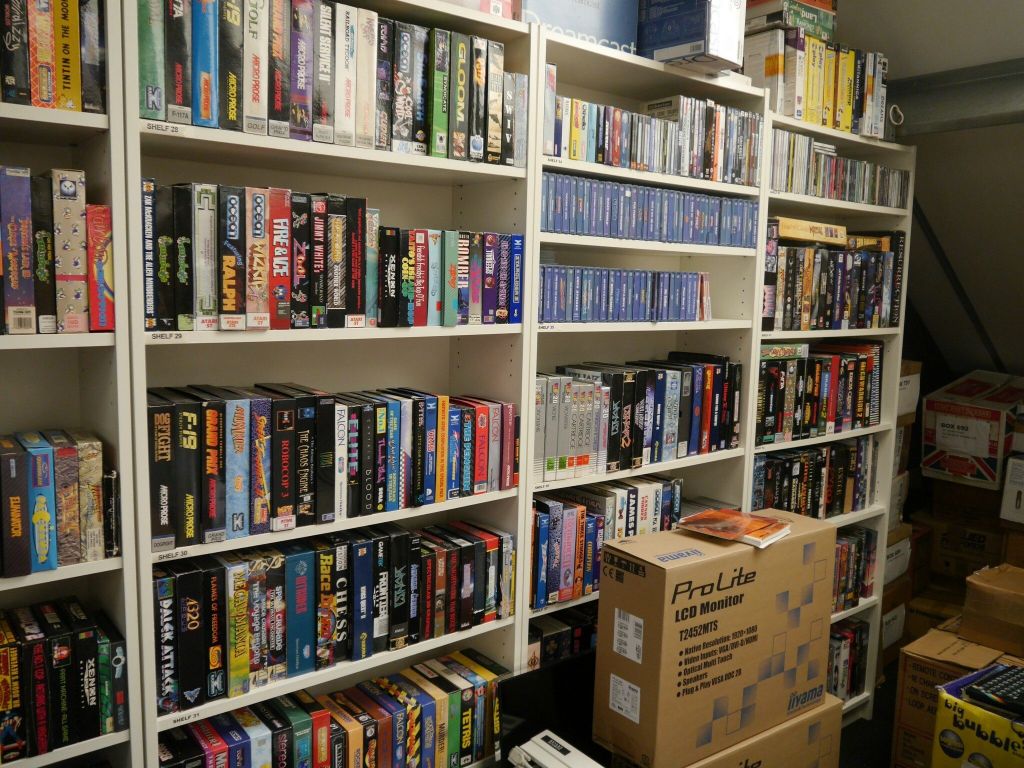
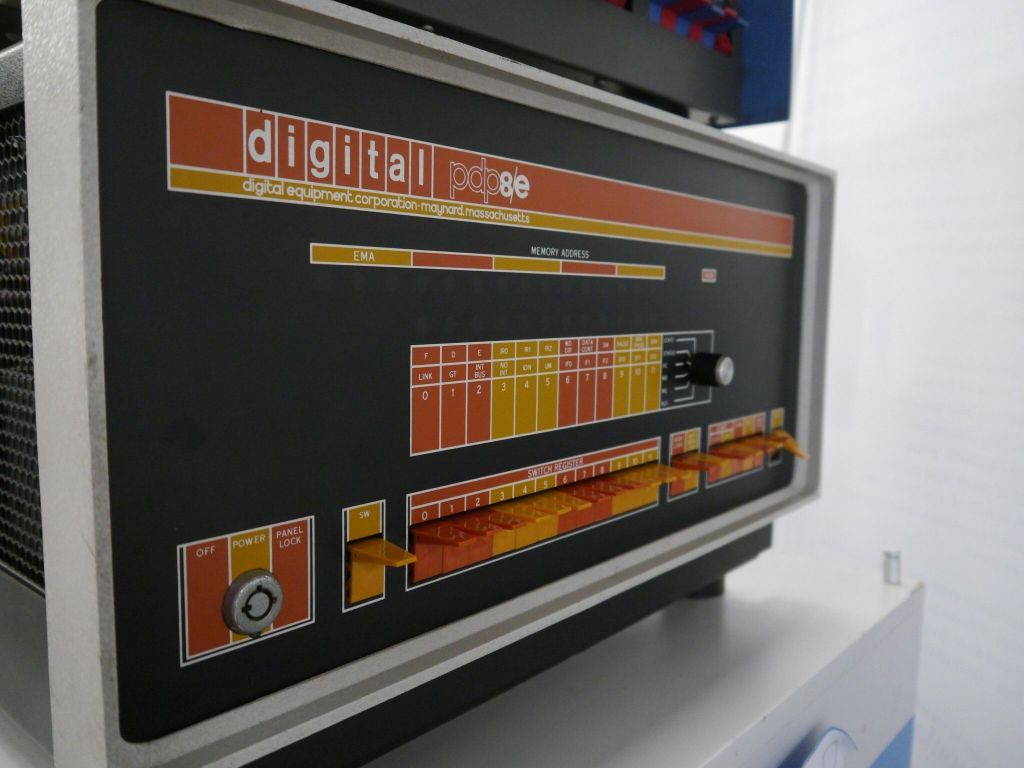

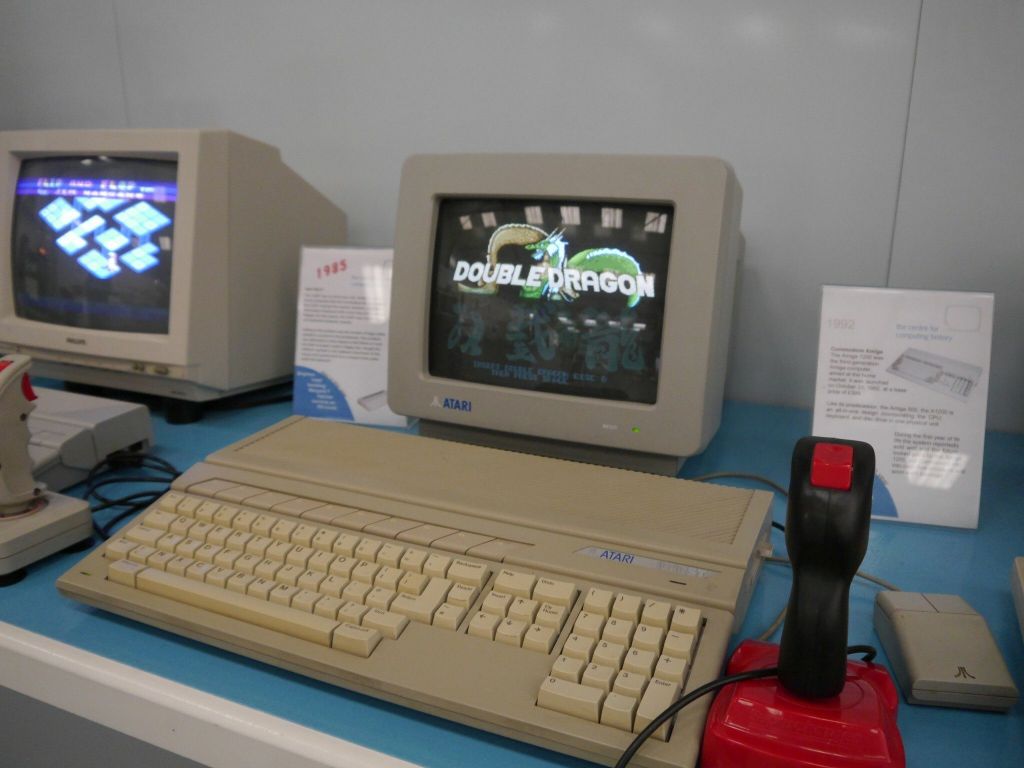

Nostalgia Nerd is also known by the name Peter Leigh. They routinely make YouTube videos and then publish the scripts to those videos here. You can follow Nostalgia Nerd using the social links below.
